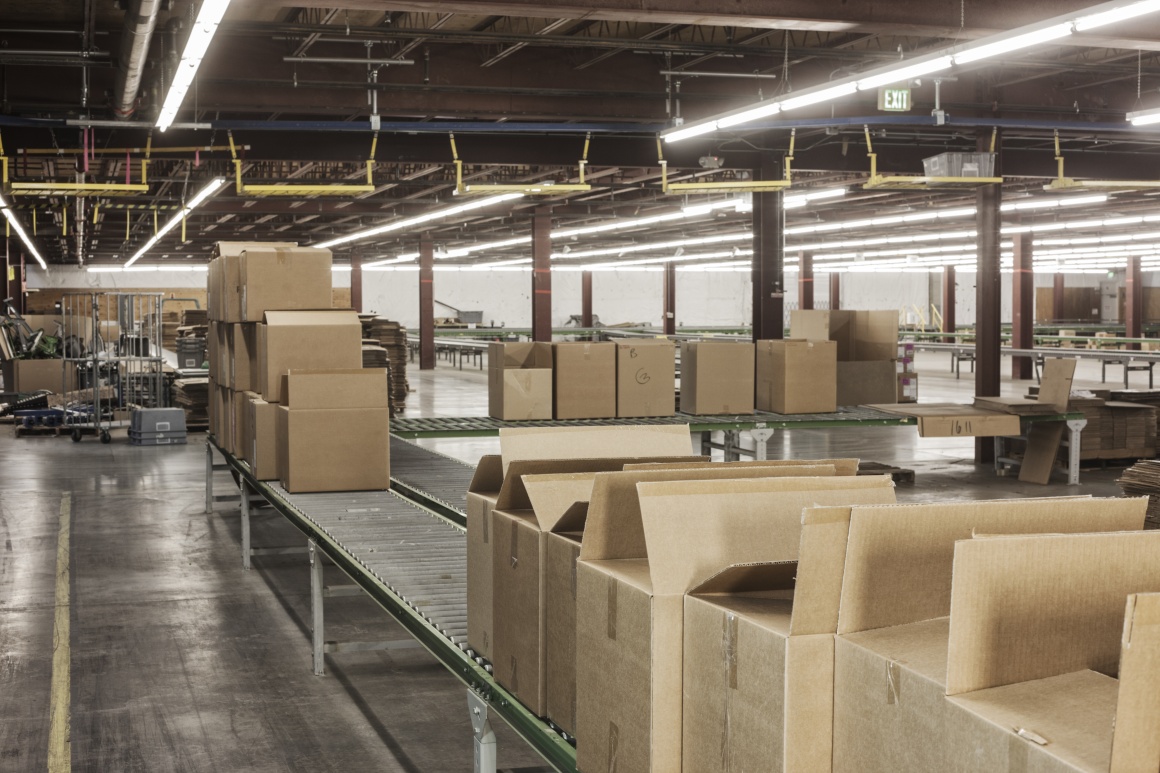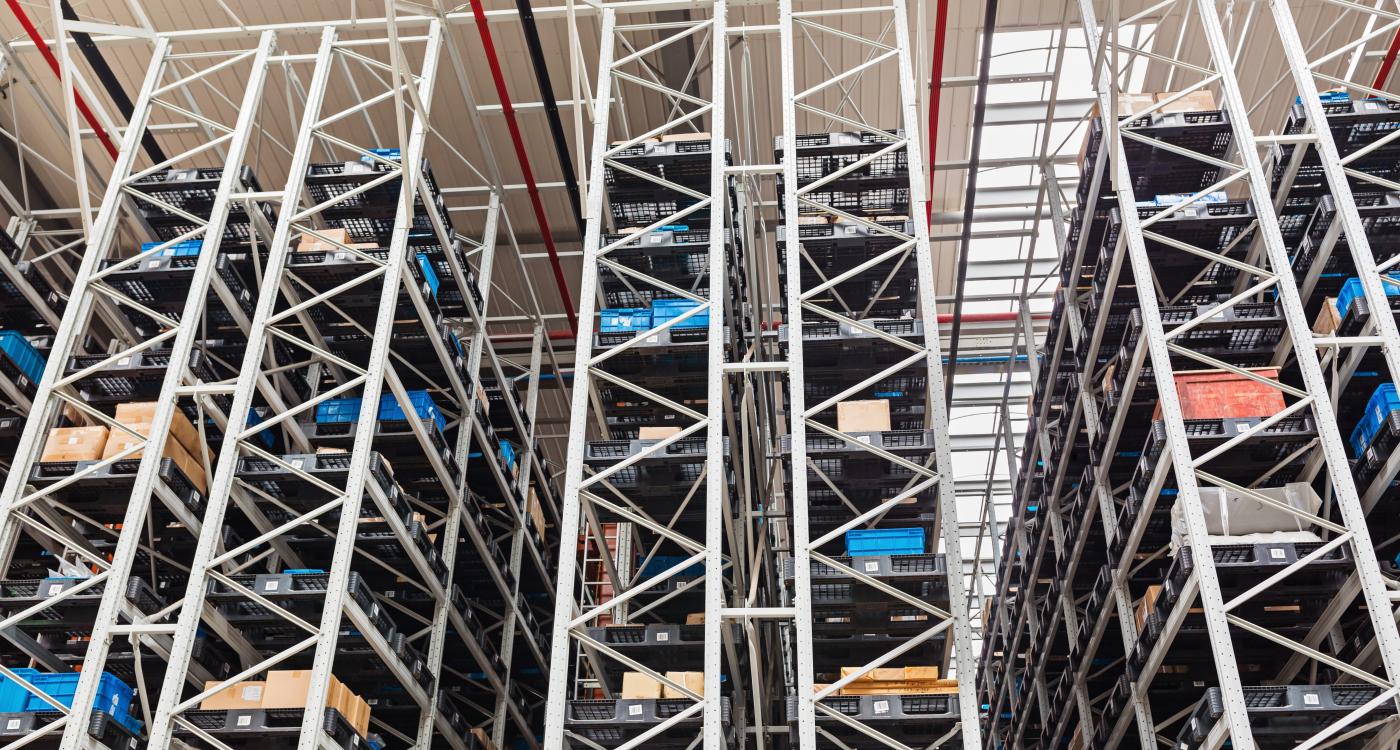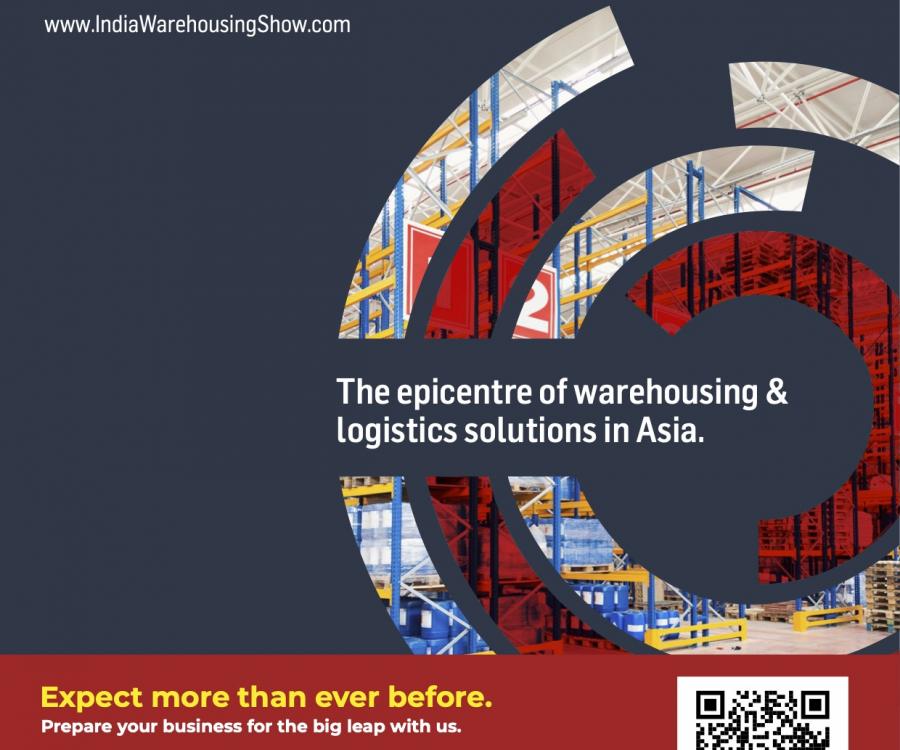Digitization, e-commerce, increasing customer demands, and expectations – factors that not only impact retailers but also affect the way warehouses are organized.
In this interview, Johannes Tress, Co-Founder and Managing Director at everstox talks about the development to date, explains the importance of new technologies, and reveals the weak points that still exist despite the benefits of digital transformation.
If you look at a warehouse today and one of 20 years ago, how have they evolved and what has changed?
In the past, both warehouse operations and order picking processes were largely dominated by logistics for retail and wholesale, i.e. the shipment of pallets and larger shipments in cardboard boxes. Warehouses look a lot different today thanks to the increasing popularity of e-commerce and direct-to-consumer (D2C) e-commerce channels: you see many single item orders that are packed in smaller packages and delivered directly to the consumer.

Warehouses are undergoing a digital transformation. Processes phase out analog check and inventory lists and fully embrace digitized inventory management – tracking inventory in real time and utilizing algorithms that apply historical data for inventory forecasting. This high level of data transparency and smart features would have been inconceivable only ten years ago.
Apart from the use of digital logistics solutions, we also see a change in terms of product storage. This means warehousing is becoming increasingly dynamic, which improves the efficiency of order picking and packing routes, and storage density. So-called “heat maps” in intermediate storage facilities and picking stations help optimize routes in terms of storage locations. Fully automated high-bay warehouse systems with operating units expand the warehouse storage density per cubic meter.
What role do modern technologies play in warehouse logistics and how important are people now and in the future in this setting?
Modern warehouse management technology should always make work processes easier for users, but never fully replace human labor. This is aided by a data-driven software solution with an automated data exchange between the retailer and logistics systems, performance measurement and tracking of operational KPIs, and proactive reporting to avoid challenges with bottlenecks and delayed delivery of customer orders. The technology should enable informed decisions and take over monotonous, automatable tasks at the same time. Having said that, the best software or artificial intelligence can never replace the experience, skills and, above all, the instinct and intuition of a trained logistician.

What are important components of warehouse optimization?
Warehouse optimization includes both product-oriented hardware, meaning a storage space solution, and a custom warehouse software solution that is compatible with existing systems. Both aspects are essential to optimize operational management. After all, even the perfect warehousing solution with an automated high-bay warehouse system is pointless if the IT infrastructure can’t keep up with business needs. The hardware is ideally also tailored to the respective products - for example, bulky sporting goods are best warehoused in a cantilever storage rack system.
When it comes to software, technology platforms like everstox enable data-driven fulfillment and are best suited for this endeavor. These types of solutions can digitize warehouse management system (WMS) data sets, automate the data exchange between the retailer and the WMS and, – most notably - measure and ensure compliance with service level agreements (SLAs).
What are the key factors you should consider when planning to modernize your warehouse?
It always depends on the specific goals you want to achieve or the pressing issues you plan to address in your current warehouse setup. Do you want to improve warehouse efficiency and productivity? Then you may want to consider converting a warehouse with manual forklifts into a fully automated warehouse system or reorganizing logistics systems to improve order picking productivity. However, these types of measures are typically capital-intensive. Having said that, apart from using the right hardware, efficiency can also be increased with the suitable software solutions. Process transparency alone enables proactive error prediction and manages possible customer order processing problems. Data-driven platform solutions help logisticians, wholesalers, and retailers optimize logistics processes and facilitate an automated data exchange between the various sales platforms and warehouse management systems.
Where do you see weak points in this sector?
To meet the increasingly time-sensitive demands of consumers for faster and low-cost shipping, retailers tend to look for the most cost-effective solutions for picking and packing processes and warehouse and shipping operations. Indeed, logistics costs between providers can sometimes vary by up to 50 percent. However, the most efficient solution isn’t just about finding the cheapest logistics provider. It’s about selecting a provider with a matching product focus and logistics service quality. Another point to remember is that the fees for picking and fulfillment processes rarely reflect all actual costs. To achieve operational transparency, logistics providers and retailers often have added costs for hidden manual workflows, process-related tasks, or IT competencies on a day-to-day basis. That’s why it is important that retailers choose logistics providers that not only offer the most cost-effective services but also present the best solutions as it pertains to logistics, WMS, and automation.














